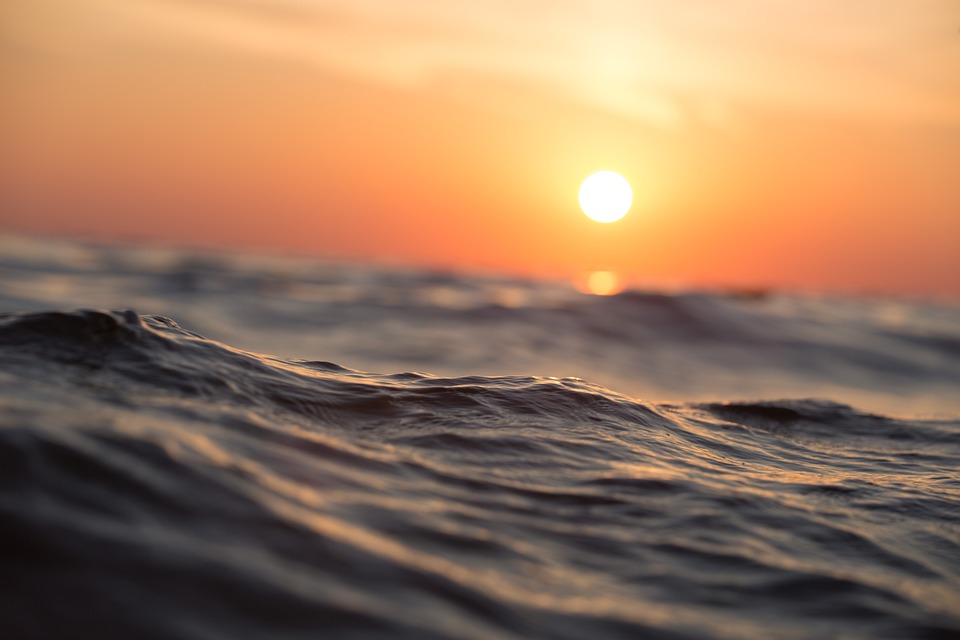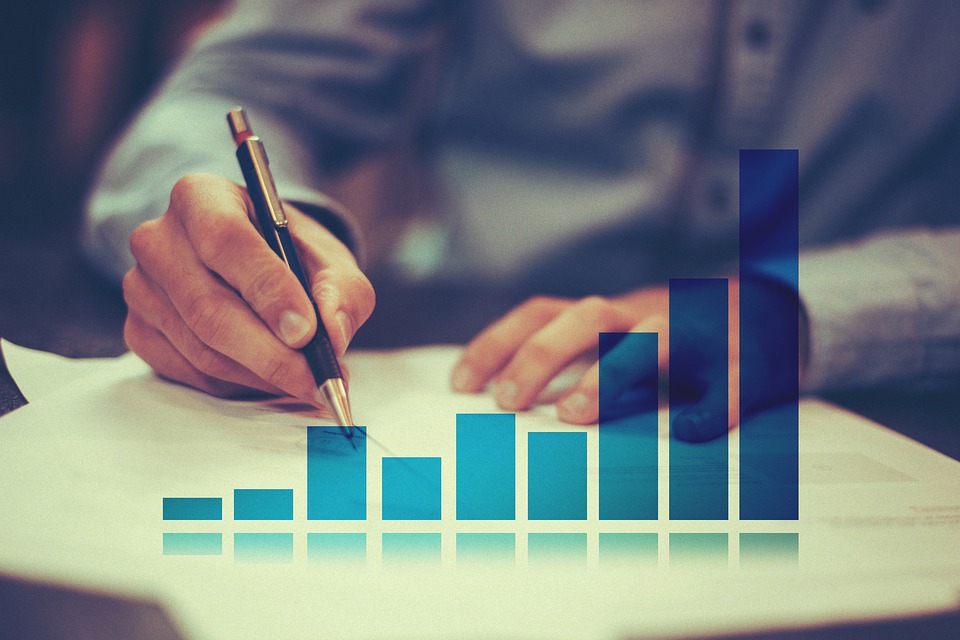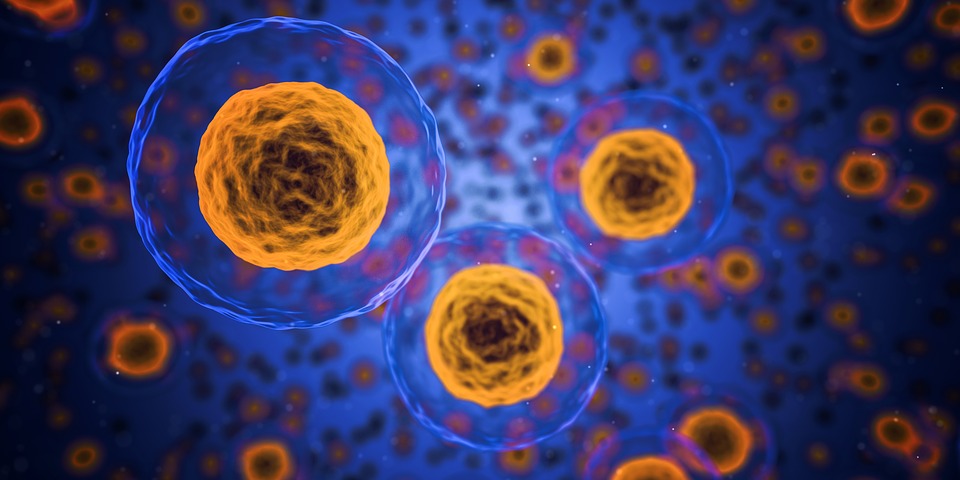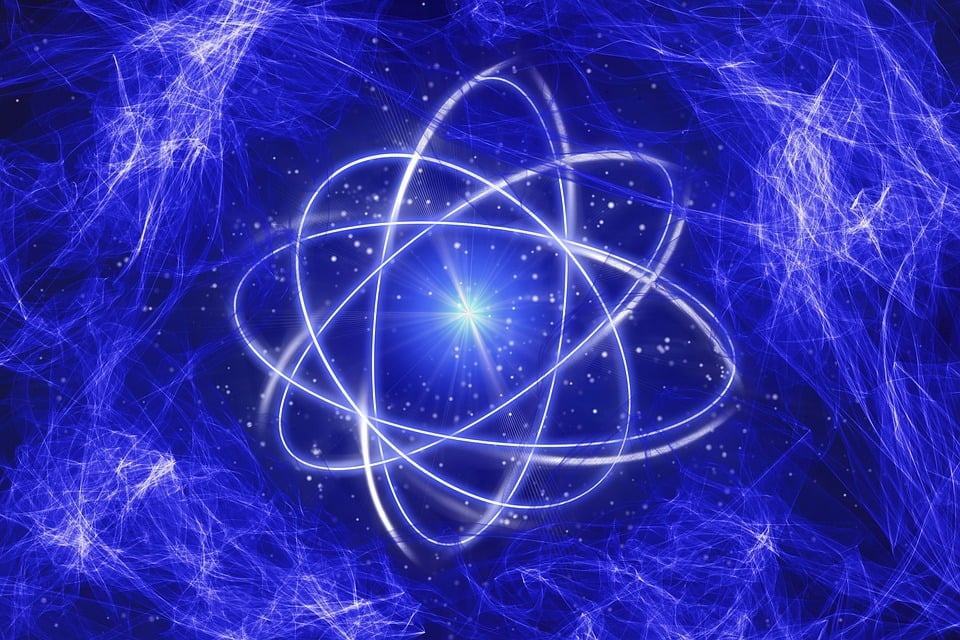
Volcanic activity is a phenomenon that can cause catastrophic disasters, including eruptions, mudslides, and explosions, which can endanger human life and property. One of the most effective ways of predicting volcanic activity is by monitoring geothermal watersheds. In geothermal watersheds, the water is heated by geothermal heat sources, which are often related to the underlying volcanic activity. The heated water can cause chemical changes, including changes in pH, which can provide an early warning of impending volcanic activity. In this essay, we will explore the methods used by scientists to monitor and predict volcanic activity in geothermal watersheds.
Geothermal Watersheds
A geothermal watershed is an area where the water is heated by the geothermal heat source. In most cases, the heat source is a volcano or a magma chamber that lies beneath the surface. When water comes into contact with the hot rocks, it is heated and rises to the surface, forming geothermal springs, hot pools, and fumaroles. Geothermal watersheds are often located in volcanic areas, where the presence of magma chambers and volcanic vents can create conditions that are conducive to geothermal activity.
Monitoring Techniques
Scientists use a variety of techniques to monitor volcanic activity in geothermal watersheds. These techniques include:
Seismic Monitoring
Seismic monitoring involves measuring the vibrations caused by the movement of tectonic plates or volcanic activity. This technique is used to detect changes in the seismic activity of the area, which can indicate the movement of magma or volcanic gases. Seismic monitoring can also detect small earthquakes, which may be a precursor to a larger eruption.
Gas Monitoring
Gas monitoring involves measuring the concentration of gases emitted by the volcano or geothermal area. These gases include sulfur dioxide, carbon dioxide, and hydrogen sulfide. An increase in the concentration of these gases can indicate an increase in volcanic activity. Scientists use gas sensors to measure the concentration of these gases and track changes over time.
Thermal Imaging
Thermal imaging involves using infrared cameras to measure the temperature of the ground and surrounding areas. An increase in temperature can indicate the presence of hot magma or steam, which is a sign of increased volcanic activity. Scientists use thermal imaging to create maps of the area, which can help to identify areas of increased activity.
Ground Deformation Monitoring
Ground deformation monitoring involves measuring changes in the shape and elevation of the ground. These changes can indicate the movement of magma or changes in the pressure of underground water sources. Scientists use GPS sensors and other instruments to measure ground deformation and track changes over time.
Predictive Techniques
In addition to monitoring techniques, scientists use predictive techniques to forecast volcanic activity in geothermal watersheds. These techniques include:
Modeling
Modeling involves using computer simulations to predict the behavior of the volcano or geothermal area. Scientists input data from monitoring techniques, such as seismic data, gas concentration data, and ground deformation data, into the model. The model then predicts the behavior of the volcano or geothermal area based on this data. Modeling can be used to predict the timing and magnitude of eruptions, as well as the direction of lava flows.
Historical Data Analysis
Historical data analysis involves studying past eruptions and volcanic activity in the area. Scientists analyze data from previous eruptions, such as the frequency, duration, and intensity of eruptions, to predict future activity. Historical data analysis can also provide insights into the types of eruptions that are likely to occur in the area and the potential risks they pose to human life and property.
Remote Sensing
Remote sensing involves using satellites and other remote sensing instruments to monitor changes in the volcano or geothermal area from a distance. Remote sensing can detect changes in the shape and elevation of the ground, as well as changes in gas concentrations and thermal activity. Remote sensing can provide valuable information that is not available through ground-based monitoring techniques. For example, it can detect changes in the size and shape of the volcano, which can indicate the movement of magma beneath the surface.
Expert Judgment
Expert judgment involves consulting with scientists who specialize in volcanic activity and geothermal systems. These experts use their knowledge and experience to make predictions about future activity based on the data collected from monitoring techniques. Expert judgment can provide valuable insights into the behavior of the volcano or geothermal area, as well as potential risks and hazards.
Conclusion
Monitoring and predicting volcanic activity in geothermal watersheds is a complex process that involves a combination of monitoring techniques and predictive techniques. By monitoring seismic activity, gas concentrations, thermal activity, and ground deformation, scientists can detect changes in the behavior of the volcano or geothermal area. Predictive techniques, such as modeling, historical data analysis, remote sensing, and expert judgment, can be used to forecast future activity and potential risks. The use of these techniques has improved our understanding of volcanic activity and geothermal systems, and has helped to prevent disasters and protect human life and property.







